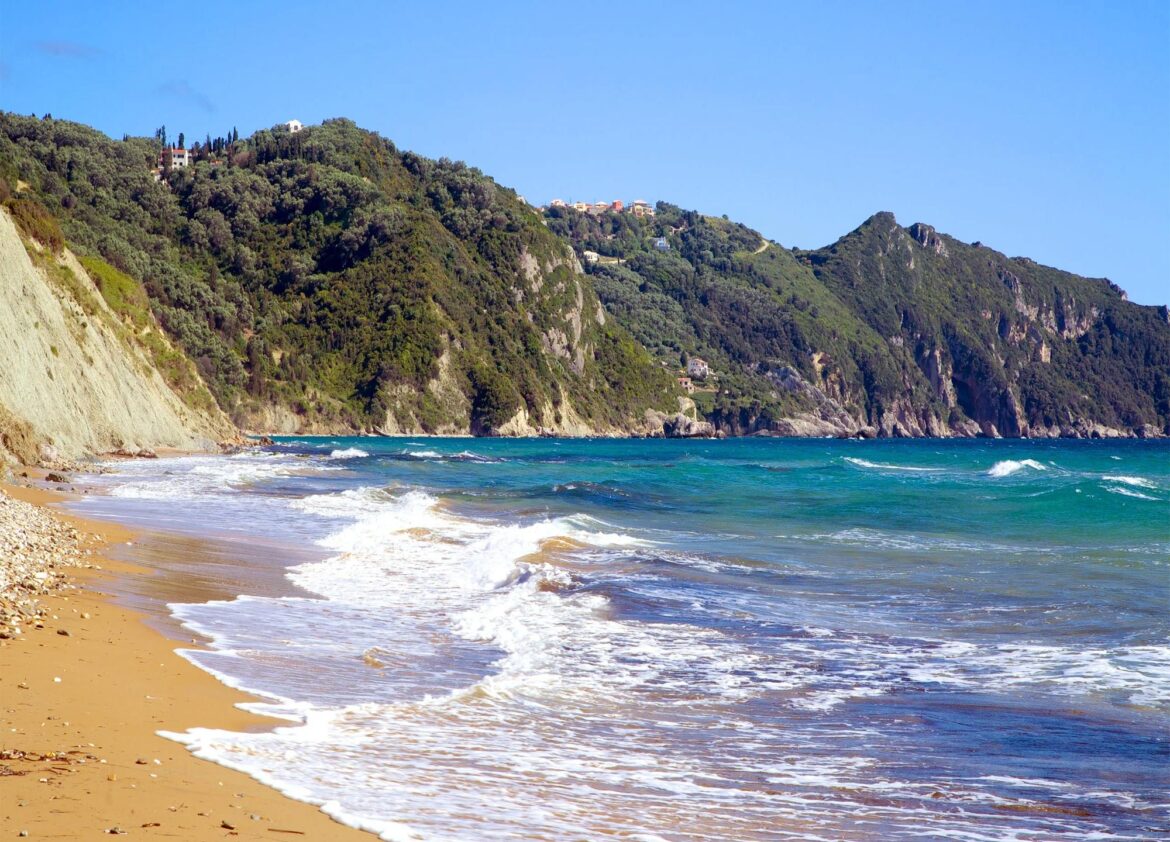Corfu, the emerald isle of Greece, has long been a favorite for travelers seeking sun-drenched shores. But beyond the brochures and stock photos, there’s something genuinely special about its beaches, a certain *je ne sais quoi* that sets them apart from the typical Mediterranean experience. What is it that gives Corfu’s coastline its undeniable magic?
It’s more than just the turquoise waters, though those certainly play a part. It’s the tapestry of history, culture, and natural beauty woven together, creating an atmosphere that’s both captivating and unique. It’s a place where ancient olive groves meet dramatic cliffs, and where the echoes of Venetian rule still linger in the architecture and cuisine.
The key lies in understanding how seemingly disparate elements converge to create this enchanting ambiance. Consider this:
- Geological Diversity: From the sandy stretches of Glyfada to the pebble beaches of Paleokastritsa, each bay offers a distinct landscape.
- Historical Resonance: Ancient ruins and Venetian fortresses often overlook the shorelines, blending history with leisure.
- Vibrant Culture: Local tavernas serve fresh seafood and traditional dishes steps from the sea, immersing visitors in Corfiot life.
But the allure of Corfu’s beaches isn’t just skin deep. A silent process began generations ago, a quiet accumulation of stories and traditions. This process has now undergone a sudden manifestation, erupting into the public awareness through social media and word-of-mouth recommendations that tout Corfu as *the* destination.
“The real magic of Corfu is in the small, hidden coves you stumble upon,” says Maria Petrova, a local artist who’s lived on the island her entire life. “It’s in the scent of the sea mixing with the wild herbs growing on the hillsides. It’s in the way the light dances on the water.”
One such place is Porto Timoni, a double bay accessible only by boat or a challenging hike. Its pristine waters and dramatic cliffs offer a sense of seclusion that’s increasingly rare to find. Then there’s the Canal d’Amour, a series of sandstone formations carved by the sea, rumored to grant eternal love to those who swim through its channels. Legend intertwines with reality, adding another layer to Corfu’s charm.
Even the seemingly simple act of watching the sunset becomes a transcendent experience on Corfu’s west coast. At Loggas Beach, perched atop towering cliffs, visitors gather each evening to witness the sky ablaze with color.
“Suddenly, the landscape changed,” recalls tourist, David Miller, describing his first visit to Loggas. “The sun dipped below the horizon, painting the sky in shades of orange and purple. It was breathtakingly beautiful, and everyone was completely silent, just taking it all in.”
The impact of tourism, however, is a growing concern for some locals. Increased development and waste management issues threaten the very beauty that draws visitors to the island in the first place. A recent post on X.com highlighted the issue, showing litter strewn across a once-pristine beach. The post sparked a heated debate about sustainable tourism and the responsibility of visitors to respect the local environment.
Efforts are underway to promote responsible tourism, but challenges remain. Some initiatives include:
- Encouraging visitors to support local businesses and reduce their environmental footprint.
- Implementing stricter regulations on development and waste management.
- Educating tourists about the importance of preserving Corfu’s natural heritage.
The preservation of Corfu’s magic requires a collective effort, a conscious decision to prioritize sustainability over short-term gains. But the spirit of the islanders, their inherent warmth and connection to their land, offers hope that the unique charm of Corfu’s beaches will endure for generations to come. The trick is to respect this amazing place, to preserve it from overtourism and polution. After all, its beauty feels almost like a blessing.



